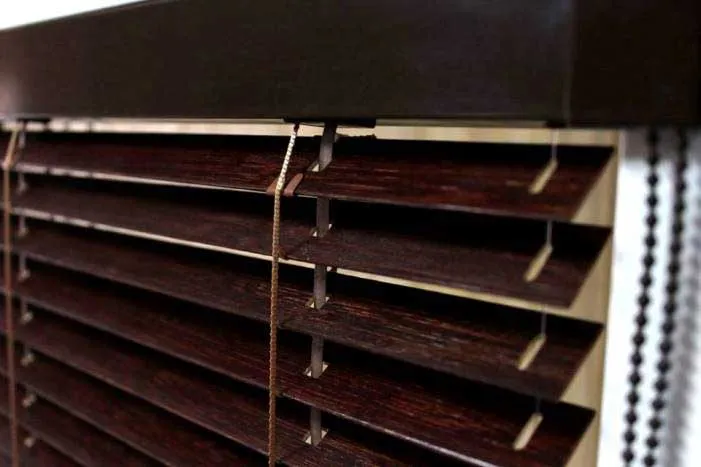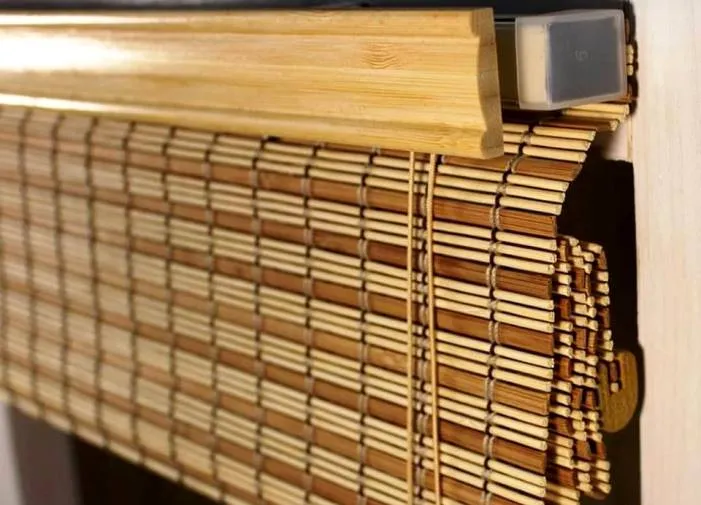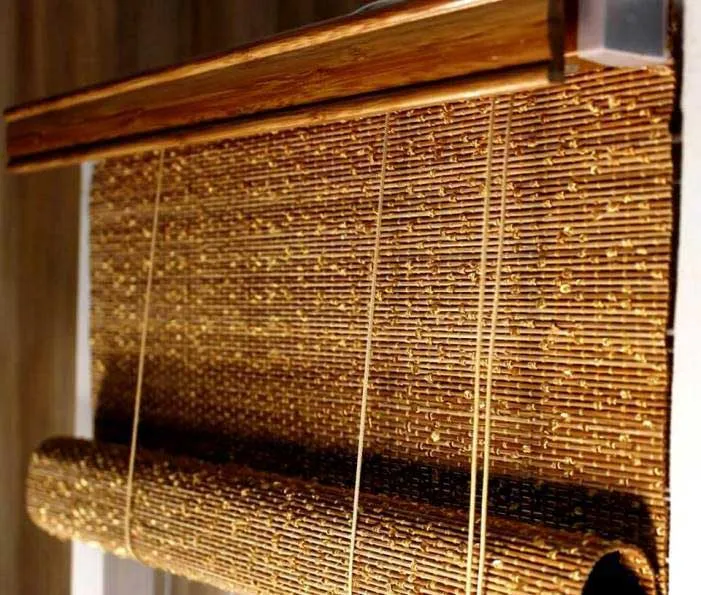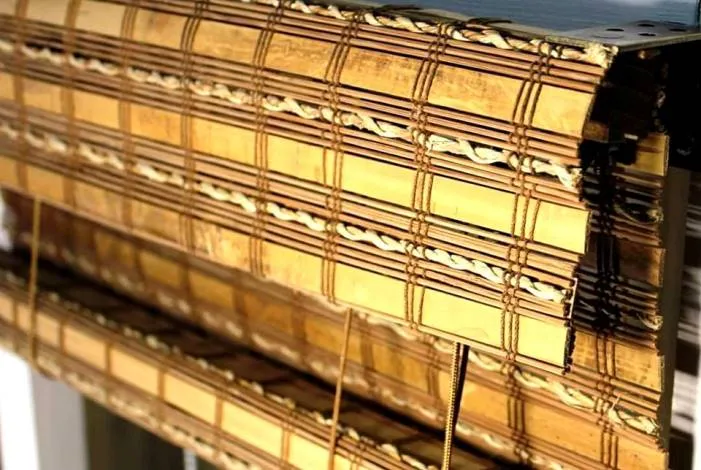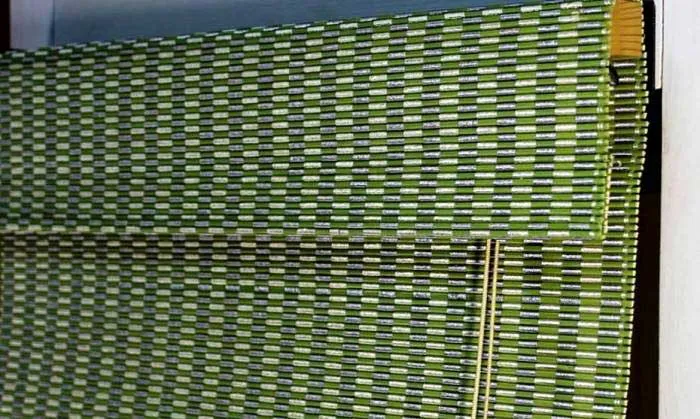Sooner or later, the owners of blinds have to take care of them. Cleaning options may vary depending on the material of the blinds and the structure of the system.
Basic design options for blinds
-
Horizontal blinds are the most famous and common type of blinds; they are successfully used both in offices and at home. The cornice and slats are made of aluminum and are connected using special threads.
The value of horizontal blinds lies in their simple design, known to every user, and long service life. Caring for blinds is quite simple, but it does take a little time, because if you decide to wipe all the slats separately, it will take some time.
Vertical - Like horizontal, these are recognizable blinds, which are often used in offices or schools and other rooms with large windows. Vertical blinds gently diffuse sunlight and, due to their design, do not prevent the penetration of fresh air into the room, which is especially important in offices with a large number of people.
Pleated - refers to the most modern types of blinds and is a kind of hybrid between curtains and blinds because the design uses a special pleated fabric, which is placed horizontally or vertically. Due to their appearance, pleated blinds are also a type of blinds, although the horizontal stripes in them are one single piece.
Materials for making blinds
Plastic - often plastic lamellas were previously used in construction, since it was cheaper than other materials, but in the modern world, aluminum has already replaced plastic lamellas, as it has wider functionality and does not fade in the sun. Also, plastic slats are subject to deformation, so it is not recommended to actively wipe such blinds so as not to damage the material.
Fabric - most fabric slats are made from polyester, this material is well suited for sun protection systems, it gently diffuses light and stops heat. Thanks to special impregnations, polyester blinds do not accumulate dust and do not fade in the sun. Also, polyester does not emit harmful substances when heated, which makes the blinds bladeless for installation even on the sunny side in the summer.
Jacquard - Characterized by a textured structure, which gives visual volume to the canvas. Jacquard is well suited for interiors with a predominance of wood and in a formal style to diversify the color palette.
Metal - of the metals in the production of blinds, aluminum is mainly used; it does not rust and is not afraid of temperature changes. Such blinds do not deform when heated, but they themselves can heat up, thereby slightly increasing the temperature in the room.
Wood - Wood products look expensive and attractive; thanks to modern impregnations, wood is protected from fading and dust, but is still a little afraid of moisture. It is not recommended to install wooden blinds in rooms with constant high humidity to avoid deformation of the slats over time.
Bamboo - Lightweight and practical blinds made from natural materials. Look great and easy to clean. Bamboo blinds are not as susceptible to moisture as wooden ones, but soaking them in water is still not recommended.
Caring for blinds
If the slats are slightly covered with dust, do not immediately begin global cleaning with detergents, etc.
Just wipe the slats with a dry cloth and the dust will come off on its own. If you don’t have time to clean the slats, then vacuuming at minimum power will help remove surface dirt.
If the contamination is serious enough, it is better to start washing the blinds from top to bottom so that dirty water does not smear the already clean slats. Convenient brushes have appeared on sale that allow you to wash several lamellas at once in one pass; this speeds up the cleaning process several times and prevents damage to the lamellas. Brushes, due to their design, remove dirt from both sides of the lamellas at once. There is a simple way: put a cotton glove on your hand and gently wipe the slats; this is not the fastest way, but quite simple and effective.
Additional cleaning options for horizontal blinds
As a last resort, the blinds can be removed from the window and the slats placed in water to wash away dirt. It is not recommended to soak the curtains and cornices together with them because they contain steel parts that can rust under prolonged exposure to water. When soaking the blinds in water, you can add a little liquid soap to better clean the slats.
If the blinds were in the kitchen and the slats were dirty not only with dust, but also with grease, instead of liquid soap, you can add a few drops of dishwashing detergent; it will remove greasy stains and you won’t have to additionally rub the slats for complete cleaning. After soaking in soapy water, the blinds should be washed with a shower. Remember to wash the blinds on all sides to avoid contaminated areas. After cleaning, hang the blinds to dry completely and they will be ready to be placed back on the window.
How to care for fabric blinds
Fabric blinds are vertical blinds with 127 or 89 mm slats; roller blinds do not belong to such systems and their care is different. If minor dirt appears, the vertical slats can be wiped with a damp sponge for cleaning; if this does not help, there is a drastic method - washing the vertical blinds. It should be borne in mind that vertical blinds are made of polyester, washing of which is not recommended because the fabrics wrinkle easily and stains may remain on them, so you should resort to washing only if the option remains either washing or replacing the slats with new ones, in which case If there is an unfortunate set of circumstances when washing, you will simply move on to the 2nd point.
First, we clean the surface of the lamellas with a vacuum cleaner to remove surface dirt. Then we remove all the slats from the cornice, take out the weights from them and remove the lower chain. After which all the lamellas should be rolled into one large roll or each lamella into separate rolls. Then soak all the slats in slightly warm soapy water and after 10-20 minutes. Carefully rinse the slats without bending the fabric; you should not rub the slats as you can damage or bend the fabric, after which the slats may become unusable. After washing, you should rinse all the slats and hang them to dry. After drying, all the slats are assembled in the reverse order, the lower weights are returned to their place, installed on the cornice and connected by the lower chain. Do not forget that after washing, the dust-repellent impregnation is washed away and the fabric can more actively collect dust and dirt, so you should resort to washing only as a last resort. Regardless of a lot of advice on the Internet, it is highly not recommended to wash blinds in a washing machine; they are likely to lose their shape and will not return to their original form; in addition, with intensive washing, the protective impregnation is washed out of the fabric and the blinds will get dirty much faster.
Cleaning wooden blinds
Wooden blinds are made from natural materials and therefore require more careful care. Unlike aluminum slats, wood is harder and more durable, which allows you to clean the blinds with a vacuum cleaner. If you need to wet clean wooden slats, it is better to use special furniture cleaning products. Wood does not tolerate moisture well, and therefore does not tolerate direct contact with water, so it is better to avoid washing. If obvious stains appear, you can wipe individual areas with a damp cloth.
Additional recommendations
Blinds can be washed without removing the curtain rod from the window; to do this, use a window cleaner; it will clean off dirt well and is easily washed off without leaving any traces.
Individual lamellas can be wiped with a cotton glove; just wet it and wipe the lamellas. When cleaning the slats, avoid sharp bends, otherwise the slats may be damaged.
Do not disassemble the blinds in an attempt to remove the slats from the cornice. Reassembling products requires appropriate skills and dexterity; there is a chance that after disassembly you will not be able to put everything back together as it was.
Aluminum slats can be cleaned with simple wet wipes; they do not harm the slats, since aluminum does not rust and is not afraid of moisture. To dry, do not attempt to blow or heat the blinds. They should dry naturally.
Now that you know all the secrets of caring for blinds, you will easily cope with the tasks without wasting time on more important matters.
